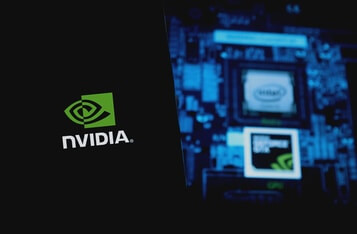SETI Institute Utilizes AI for Real-Time Detection of Fast Radio Bursts
In a groundbreaking initiative, researchers at the SETI Institute have become pioneers in the application of artificial intelligence (AI) for the real-time detection of fast radio bursts (FRBs), utilizing NVIDIA's advanced computing platforms. This marks a significant leap in the field of radio astronomy, enabling scientists to analyze streaming astronomical data with unprecedented precision, according to the NVIDIA Blog.
AI Enhancing Astronomical Discoveries
The SETI Institute, operating the Allen Telescope Array in Northern California, is at the forefront of searching for extraterrestrial intelligence and studying rare cosmic events like FRBs. The initiative's roots trace back over a decade when Andrew Siemion, Chair for SETI at the Institute, recognized the potential of machine learning for analyzing radio signals from space. By collaborating with NVIDIA, SETI researchers have harnessed the power of AI and accelerated computing to enhance their capabilities.
Collaborative Efforts and Technological Advances
During the pandemic, the collaboration between SETI and NVIDIA led to the development of a trial application using NVIDIA Holoscan and IGX platforms. This application enables real-time data processing from telescopes, allowing researchers to conduct AI inference directly on incoming data. This innovation is set to transform the way telescopes are utilized by integrating AI software for dynamic data analysis.
Successful Trials and Future Prospects
In a recent trial, the SETI team, in collaboration with the Breakthrough Listen program, successfully linked their real-time data pipeline to 28 antennas targeting the Crab Nebula. Over a 15-hour period, they processed over 90 billion data packets, achieving a data processing speed double that of previous efforts. This success underscores the transformative potential of AI in radio astronomy.
Expanding the AI Frontier
Looking ahead, the SETI Institute plans to scale this pilot software across its network of radio telescopes and share this capability with astronomers worldwide. The goal is to collaborate with international observatories, leveraging AI to enhance the detection of signals from space significantly. The initiative also opens doors for potential interdisciplinary applications, such as repurposing AI algorithms for diverse scientific investigations.
These advancements highlight the SETI Institute's commitment to pushing the boundaries of astronomical research through innovation and collaboration, positioning AI as a crucial tool in the quest to understand the cosmos.






